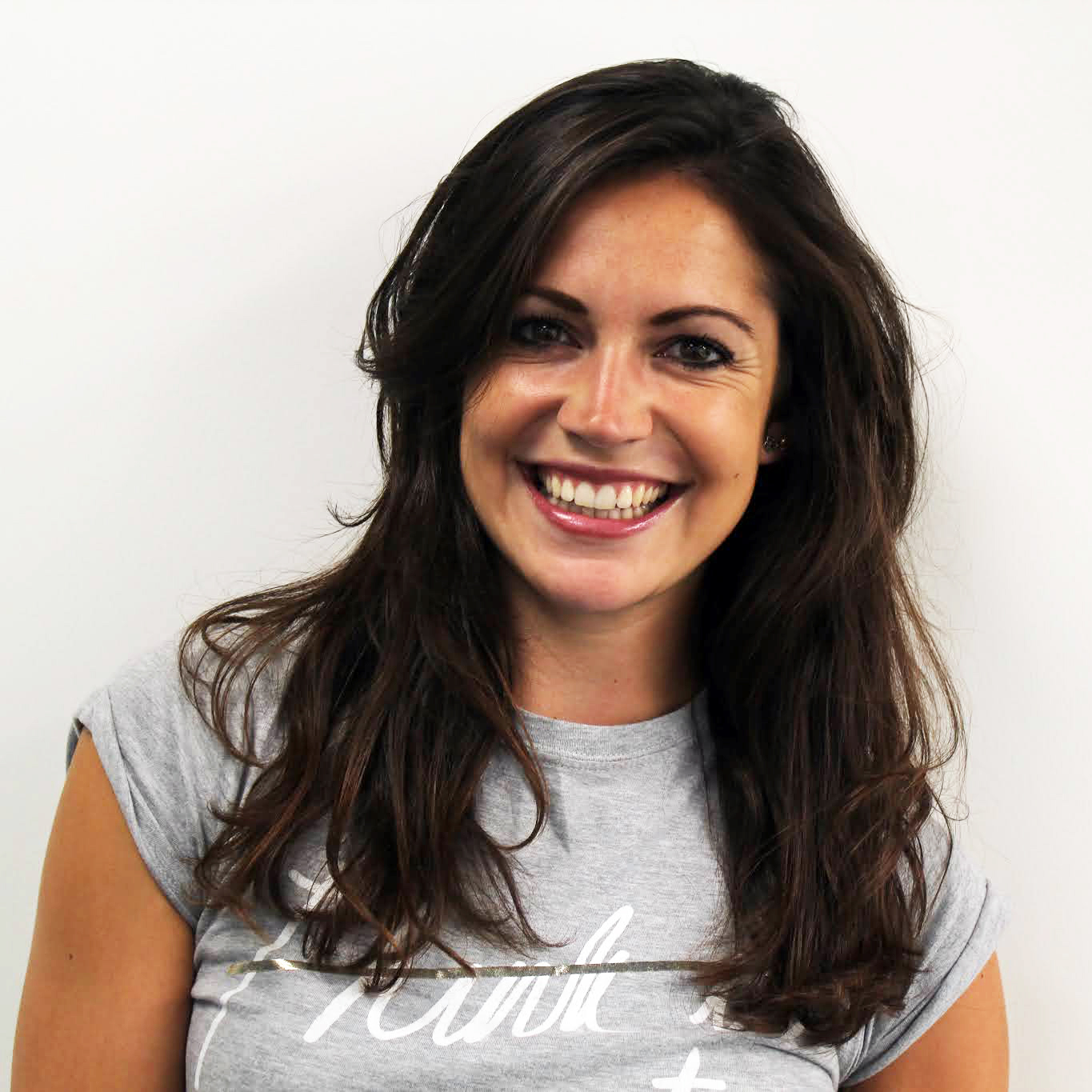What is pelvic floor dysfunction?
We asked the experts; what is pelvic floor dysfunction? Here’s what they said, including treatment options


If you’ve been wondering; what is pelvic floor dysfunction or you’ve been suffering from it, you’re not alone. In fact, a staggering one in five people is said to be affected by a pelvic floor disorder, which includes pelvic floor dysfunction.
What’s even more concerning is that 50% of women over the age of 55 - most of whom will be going through menopause - are currently affected by a pelvic floor disorder. Although the best menopause supplements can help to navigate through this time of life, dealing with pelvic floor dysfunction requires various lifestyle changes. The good news is that pelvic floor dysfunction can be dealt with, and it doesn’t need to remain a problem for life.
Nicole Chapman, personal trainer and founder of Power Of Mum, explains that pelvic floor dysfunction can also affect people as young as 12. “But, it is more commonly seen in women who are pregnant or have given birth, perimenopausal or menopausal women or older women with age degenerative frailty,” she says.
Here, we delve into pelvic floor dysfunction to find out exactly what causes it, its symptoms, and - most importantly - how to treat it.
What is the pelvic floor?

Before we go into pelvic floor dysfunction itself, it’s useful to know what the pelvic floor actually is.
Chapman explains that the pelvic floor is made up of a layer of muscles and connective tissues that support the pelvic organs. These include the bowel, bladder, uterus, cervix, rectum, and vagina.
“These muscles play a vital role in daily function,” she says. “Coordinated contracting and relaxing of the pelvic floor muscles control your bladder and bowel functions. The pelvic floor is also responsible for stabilizing your hips and trunk when you’re standing and walking.”
Start your week with achievable workout ideas, health tips and wellbeing advice in your inbox.
As well as this, the pelvic floor plays a huge role in sexual health and function, including orgasm and arousal. “An easy way to think of your pelvic floor is like a hammock supporting all these at the bottom of your pelvis,” adds Chapman.
Jo Gipson, a specialist pelvic health physiotherapist at LETO Woman, says that our pelvic floor muscles open and close our bladder and bowel when we need to go to the loo. However, certain lifestyle factors, as well as hormonal changes, can have a huge impact on the pelvic floor muscles, leading to pelvic floor dysfunction.
What is pelvic floor dysfunction?
Pelvic floor dysfunction occurs when the pelvic floor muscles aren’t working properly. They may weaken, or they may become too tight. If they weaken, it can cause the pelvic organs to drop. If the pelvic floor muscles tighten, it can make it difficult to wee or pass a stool.
“Women can be affected by pelvic floor dysfunction at any time but we tend to only learn about the importance of the pelvic floor if we become pregnant,” says Chapman.
In 2021, however, new National Institute for Health and Care Excellence guidelines were released recognizing that pelvic health recommendations should be part of the UK’s National curriculum; an exciting step for raising the importance of pelvic floor health.

What causes pelvic floor dysfunction?
In simple terms, pelvic floor dysfunction occurs when there is either too much tension on the pelvic floor muscles or not enough. When there is too much tension, it’s known as high tone. When there is too little, it may be known as low tone.
Gipson explains that from our late 30s onwards, the levels of oestrogen and other sex hormones in our bodies begin to fluctuate and naturally decline. “The reduction of oestrogen and other sex hormones means maintaining and building muscle becomes harder and bone density can be lost,” she says. “These hormonal changes can also affect the pelvic floor muscles and lead to problems.”
In fact, the onset of menopause can cause pelvic floor muscles to weaken. Gipson also adds that if you’ve suffered from chronic constipation or had a baby, if you smoke or are overweight, or if you do a lot of heavy lifting or high-impact exercise, then your pelvic floor muscles may not function at full capacity.
However, Chapman says that the primary three causes of pelvic floor dysfunction are pregnancy, menopause, and obesity.
Symptoms of pelvic floor dysfunction
There are several symptoms of pelvic floor dysfunction, many of which can be debilitating. According to Chapman, symptoms can include urinary incontinence, bowel strain, constipation, discomfort during sex, general pain, spasms, and a general heavy or dragging feeling in the pelvic floor region or rectum, prolapse, and lower back pain.
“Any of the symptoms above can have a significant impact on your quality of life,” adds Gipson. “Pelvic floor dysfunction can limit what you do or what you feel confident doing, including exercise, intimacy with a partner or even wearing certain clothes.”
Gipson does warn though that there are various symptoms that may require a specialist. These include leakage when coughing, sneezing, running, or exercising, difficulty retaining tampons or having a dragging or heavy feeling in the vagina, and recurrent urinary tract infections.
Fortunately, though, there is much that can be done to protect and heal your pelvic floor.

How can you treat pelvic floor dysfunction?
“Ultimately, reducing stress on the pelvic floor and maintaining good bladder and bowel health is key to protecting the pelvic floor,” says Gipson, who recommends various lifestyle-related tips to help treat pelvic floor dysfunction. “Avoid holding in your stomach, and be aware to let go of any tension in your buttocks throughout the day. Drink enough fluid so that you are emptying your bladder completely five to six times a day. On average you will need 1.5 to two liters of fluid per day.”
She also adds that the best way to know if you are hydrated is to check the color of your urine; it should be light straw-colored and no darker.
Other ways to help improve symptoms of pelvic floor dysfunction include limiting or avoiding sugar and carbonated or acidic drinks such as juice, squash, and alcohol. If you must drink caffeine, avoid it after 1 pm.
“If you’ve just had a baby, try not to be carrying your baby all day, and mix it up by using a pram,” says Gipson. “Rest as much as you can to give your pelvic floor and tissues time to heal. Find 10 minutes a day to lie down on a mat with your knees up and a pillow underneath your knees, as this helps to relax your pelvic floor – and you.”
She also says to avoid feeling constipated, in order to help reduce unnecessary strain on your pelvic floor, which can lead to weakness. You can do this by optimizing your fluid and fiber intake and resting your feet on a small stool or stack of books every time you empty your bowel.
How can exercise help pelvic floor dysfunction?
“As a specialist women’s personal trainer, I get a lot of clients who have Googled their symptoms or diagnosis of a prolapse or urinary incontinence as a result of pelvic floor dysfunction and have been told to not exercise,” says Chapman.
However, physical activity will actually help symptoms and that includes lifting weights. “A lot of women start training with me who have lived with accepting incontinence issues or other symptoms as just ‘part of the result of childbirth, or menopause’, she adds. “However, you do not have to accept this as part of your day-to-day life. I have clients with prolapses and incontinence issues that are now running and lifting impressive weights. Their symptoms are now functional.”
Plus, pelvic floor exercises can help to strengthen pelvic floor muscles.
Although lifestyle changes are the preferred way of dealing with pelvic floor dysfunction, there are treatments available too. Gipson says that sufferers may want to consider a pessary to treat bothersome prolapse. She adds that ThermiVa vaginal rejuvenation is said to improve symptoms of heaviness, dryness, or leaking.
“Each woman's journey is different. A specialist pelvic health physiotherapist can help to improve not just your physical symptoms but most importantly your confidence and quality of life.”
Lucy is a freelance journalist specializing in health, fitness and lifestyle. She was previously the Health and Fitness Editor across various women's magazines, including Woman&Home, Woman and Woman’s Own as well as Editor of Feel Good You. She has also previously written for titles including Now, Look, Cosmopolitan, GQ, Red and The Sun.
She lives and breathes all things fitness; working out every morning with a mix of running, weights, boxing and long walks. Lucy is a Level 3 personal trainer and teaches classes at various London studios. Plus, she's pre- and post-natal trained and helps new mums get back into fitness after the birth of their baby. Lucy claims that good sleep, plenty of food and a healthy gut (seriously, it's an obsession) are the key to maintaining energy and exercising efficiently. Saying this, she's partial to many classes of champagne and tequila on the rocks whilst out with her friends.
